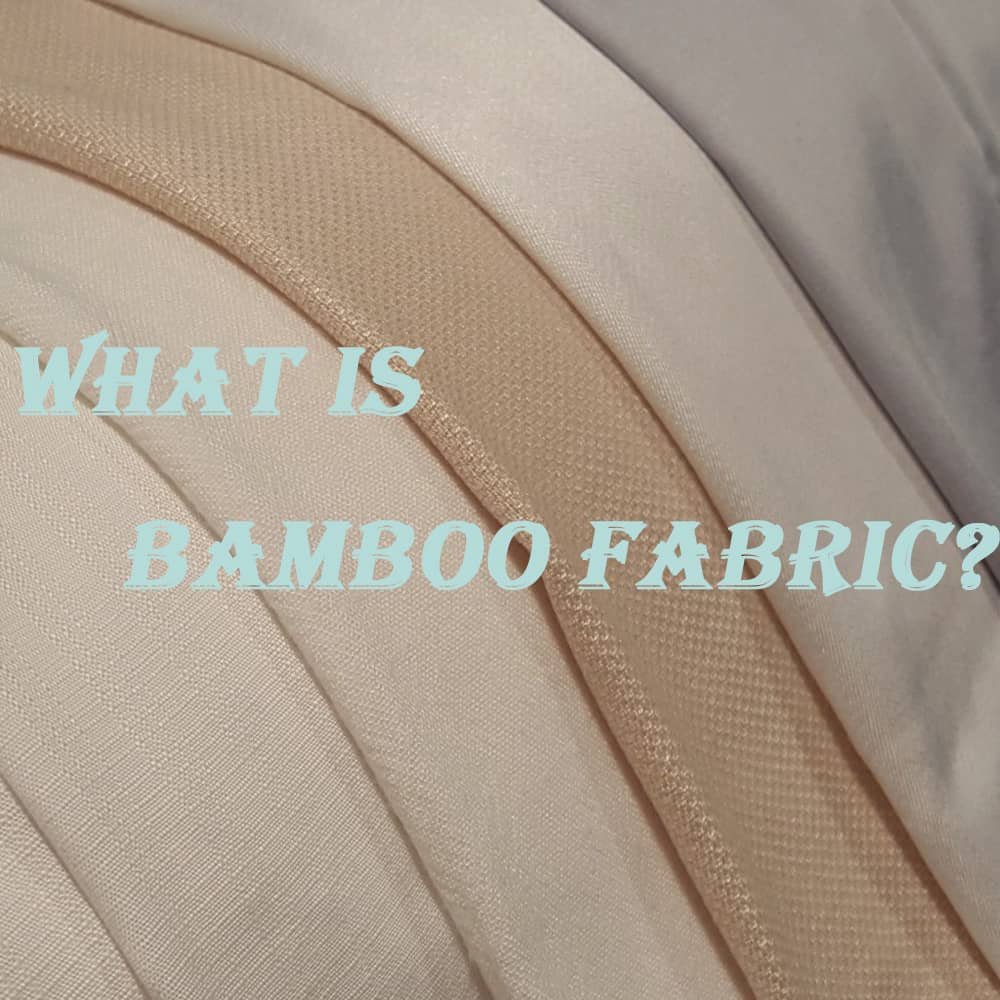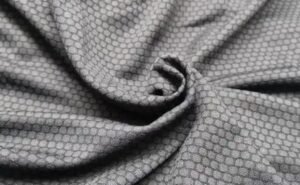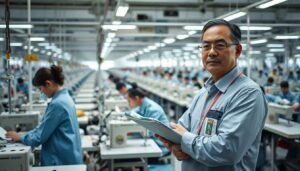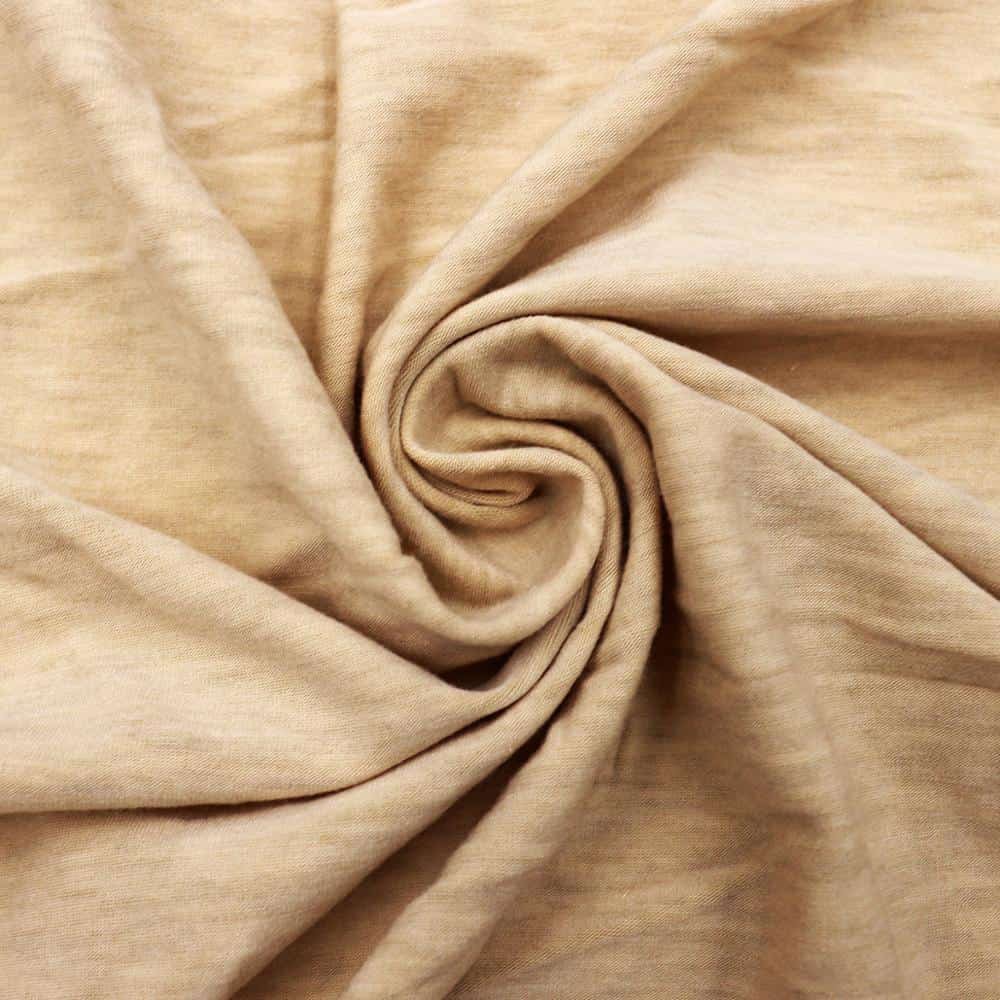
What fabric material is bamboo?
Bamboo fabric is a textile material made from the pulp of bamboo plants. It is a type of rayon, which is a semi-synthetic fiber that is made by treating natural materials with chemicals to create a new material that mimics the qualities of silk. Bamboo fabric is also sometimes called “bamboo viscose” or “bamboo rayon.”
To make bamboo fabric, the bamboo plant is first harvested and then broken down into a pulp. The pulp is then treated with chemicals such as sodium hydroxide and carbon disulfide, which break down the cellulose in the bamboo and turn it into a fiber. This fiber can then be spun into yarn, which can be woven into fabric.
Bamboo fabric is soft, lightweight, and breathable, making it a popular choice for clothing, bedding, and towels. It has a smooth and silky texture that is similar to that of silk or cashmere, but it is also more durable and easier to care for than these materials. Additionally, bamboo fabric has natural antimicrobial properties that make it resistant to odors and bacteria, making it a great choice for activewear and sportswear.
Another benefit of bamboo fabric is that it is considered to be eco-friendly. Bamboo is a fast-growing plant that requires less water and pesticides than other crops such as cotton, and it also releases more oxygen into the atmosphere. Additionally, the chemicals used to turn bamboo into fabric can be recycled and reused, making the production process more sustainable than that of other textiles.
However, it is important to note that some bamboo fabric production methods use toxic chemicals, and the environmental impact of bamboo fabric can vary depending on the specific manufacturing process used. As with any textile, it is important to consider the source and production methods of bamboo fabric before making a purchase.
In summary, bamboo fabric is a soft, silky, and breathable material made from the pulp of bamboo plants. It is a type of rayon that is eco-friendly and has natural antimicrobial properties. However, it is important to be aware of the specific manufacturing process used to produce bamboo fabric to ensure that it is as sustainable and environmentally friendly as possible.
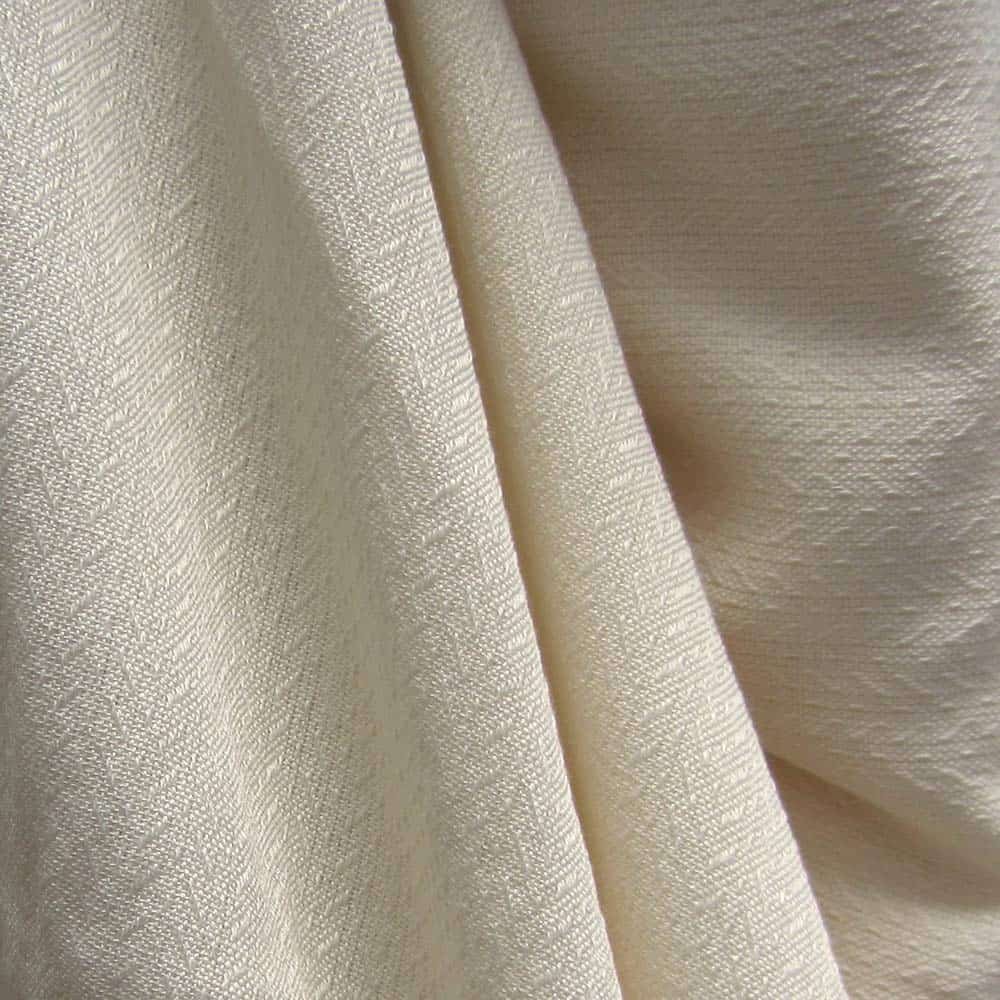
What are the different types of bamboo fabrics?
There are several different types of bamboo fabrics available on the market today, each with its own unique properties and characteristics. Here are some of the most common types of bamboo fabrics:
- Bamboo Viscose/Rayon: Bamboo viscose or rayon is the most common type of bamboo fabric available. It is made by breaking down bamboo fibers and dissolving them in a chemical solution before being spun into yarn. This type of bamboo fabric is soft, lightweight, and breathable, making it a popular choice for clothing, bedding, and towels.
- Bamboo Lyocell: Bamboo lyocell is a type of fabric that is made using a closed-loop production process, which means that the chemicals used in the production process are recycled and reused. This type of bamboo fabric is known for its softness and durability, and it is often used for clothing and bedding.
- Bamboo Charcoal: Bamboo charcoal fabric is made by burning bamboo at high temperatures and then grinding it into a fine powder. This powder is then blended with other fibers to create a fabric that is known for its moisture-wicking and odor-neutralizing properties.
- Bamboo Hemp: Bamboo hemp fabric is made by blending bamboo fibers with hemp fibers. This type of fabric is durable, breathable, and moisture-wicking, making it a popular choice for clothing and accessories.
- Bamboo Cotton: Bamboo cotton fabric is made by blending bamboo fibers with cotton fibers. This type of fabric is soft, breathable, and absorbent, making it a popular choice for clothing and bedding.
- Bamboo Linen: Bamboo linen fabric is made by blending bamboo fibers with linen fibers. This type of fabric is lightweight, breathable, and durable, making it a popular choice for clothing and home décor.
Overall, bamboo fabric is a versatile and eco-friendly material that can be used in a wide range of applications. By understanding the different types of bamboo fabrics available, consumers can choose the best fabric for their needs and preferences.
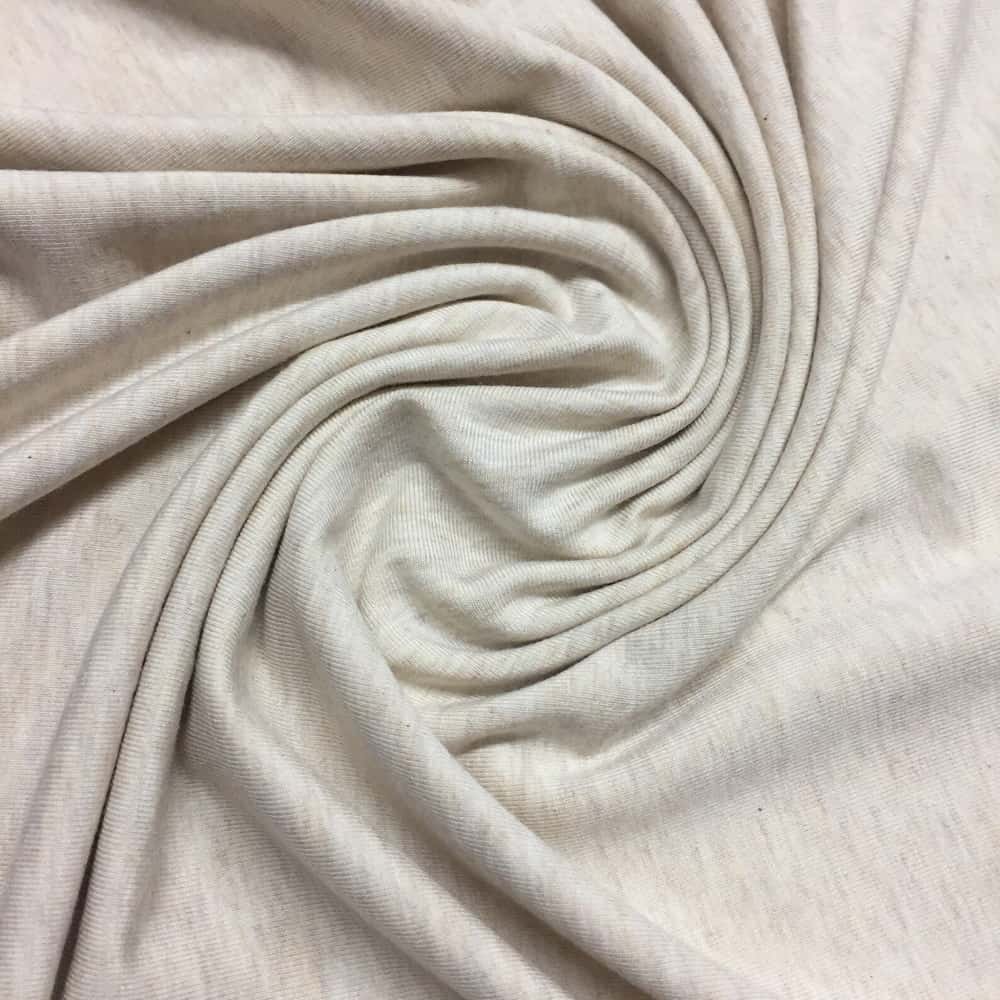
What are the advantages and disadvantages of bamboo fabric?
Bamboo fabric has become increasingly popular due to its unique properties and eco-friendly nature. However, like any material, bamboo fabric has both advantages and disadvantages that should be considered before making a purchase.
Advantages:
- Soft and comfortable: Bamboo fabric is soft and silky to the touch, making it comfortable to wear and use. It is also lightweight and breathable, which makes it an ideal material for warm weather clothing and bedding.
- Sustainable: Bamboo is a fast-growing plant that requires less water and pesticides than other crops like cotton. It can also grow in a wide range of climates, making it a more versatile and sustainable choice.
- Antimicrobial: Bamboo fabric has natural antimicrobial properties that make it resistant to odors and bacteria, making it ideal for activewear and sportswear.
- UV protection: Bamboo fabric is known to offer some UV protection, which makes it an excellent choice for clothing items like hats or shirts.
- Easy to care for: Bamboo fabric is easy to care for and can often be machine washed and dried.
Disadvantages:
- Chemical processing: Bamboo fabric is made using a chemical process that can be harmful to the environment. Additionally, some of the chemicals used in the process can be harmful to human health.
- Lack of transparency: Some bamboo fabric manufacturers do not disclose the specific chemicals used in their production process, making it difficult for consumers to make informed decisions about the products they purchase.
- Durability: While bamboo fabric is soft and comfortable, it is not as durable as some other fabrics. It may pill or shrink after washing, and it may not hold up as well over time.
- Limited availability: While bamboo fabric is becoming more popular, it may not be as widely available as other fabrics. This can make it more difficult to find specific items or styles.
- Price: Bamboo fabric can be more expensive than other fabrics due to the production process and the sustainable and eco-friendly nature of the material.
Overall, bamboo fabric has many advantages, including being sustainable, comfortable, and antimicrobial. However, it is important to consider the potential disadvantages, including the use of chemicals in the production process and the limited availability and durability of the fabric. By considering these factors, consumers can make informed decisions about whether bamboo fabric is the right choice for them.

